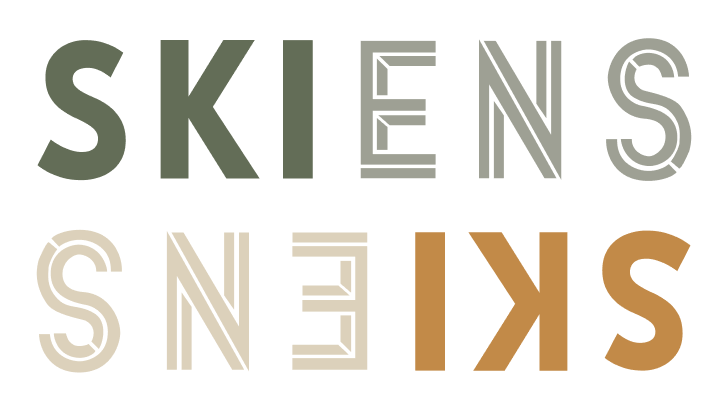Jason Mitchell Group,
Back Office.
Enhancing real estate agent productivity through usability testing of a new back office prototype.
Scope: 2 months
Role: UX Researcher/Designer
Team: Product designer, Hayley Lyle, provided guidance throughout this project
Tools: Adobe XD, Google Meet & Docs
Skills: UX Research, Prototyping, Usability Testing, Rapid Iteration, High-Fidelity Visual Design
Context.
We partnered with our client, Jason Mitchell Group (ranked America's #1 Real Estate Team) to re-design their back office in order to streamline their operations, particularly their client referral process. Previously, the company used two different platforms (ProApp and CAMP) to manage its interactions with clients, leads, and prospects. Product designer, Hayley Lyle, designed a new back office for the client. My role was to conduct usability testing to carry the designs the rest of the way through the product life cycle, ensuring a positive user experience.
Usability Testing
Objective: The objectives of our usability testing was as follows:
Evaluate the user experience: Understand how real estate agents interacted with the back office design, identify any usability issues and assess overall user satisfaction.
Validate design decisions: Test the effectiveness of design solutions implemented during the development phase, ensuring they meet user expectations and needs.
Methodology: I scheduled and conducted four remote testing sessions with JMG real estate agents. The participants included a diverse group of agents who represented different experience levels, roles, and demographic backgrounds. The testing process consisted of the following key steps:
Test Plan and Scenarios: We developed a detailed test script outlining the objectives, tasks, and scenarios that participants would undertake during the testing session. These tasks were designed to cover key functionalities and workflows of the back office system.
2. Test Sessions: Each participant engaged in remote testing sessions, depending on their availability and location. I facilitated the session, provided instructions, and observed the participants' interactions with the back office design.
3. Task Execution: Participants were asked to complete a series of predefined tasks using the back office prototype on Adobe XD. I encouraged participants to think aloud, sharing their thoughts, observations, and difficulties encountered while performing the tasks.
4. Observations and Data Collection: During these sessions, I observed and documented participants' interactions, paying attention to usability issues, errors, and areas of confusion. Quantitative data, such as task completion time and success rates, were also recorded.
Findings
Main Takeaways: The collected data from usability testing sessions were analyzed to identify patterns, common themes, and areas of improvement.
Internal referral map
Smooth and intuitive process to find agents
Positive feedback that it operates like a directory (phone numbers are listed)
The search bar within the map allows agents to search for specific cities within a state
High-level search bar
Agents love that a search bar exists to search for anything within the back office if they aren’t sure of a button or page location
Link to other platforms (ProApp, Skyslope, agent directory, and corp required docs)
Link increased accessibility and would increase the frequency of use
Referral partner information page
Great storehouse of information since there is currently confusion with agents on client incentives (i.e. lender credit, commission)
Mentors/managers mentioned that this would save them time
Corporate required docs & frequently asked questions
This optimizes workflow as agents can download corporate-required documents
Education & video library
Great structure to keep the videos in one place
Webinar signup on the home page makes signup accessible and convenient
Design Iterations
Usability issues, such as navigation difficulties, unclear instructions, or inconsistencies in the interface, were identified and categorized based on severity and frequency. The categories were then ranked by priority: critical, major, minor, and normal. Potential solutions to those pain points were also suggested and are documented in the chart below:
After issues were discussed with key stakeholders, we iterated the back office designs accordingly.
Outcomes and Impact
The usability testing process led to significant outcomes and improvements in the back office design for real estate agents. The key outcomes and impact of the usability testing included:
Enhanced Usability: Identified usability issues were effectively addressed through iterative design refinements. User feedback helped improve navigation, simplify workflows, and optimize the overall user experience of the back office system.
Increased User Satisfaction: Real estate agents expressed higher levels of satisfaction with the revised back office design. The refinements made based on usability testing insights resulted in a more user-friendly interface, reducing cognitive load and improving task efficiency.






